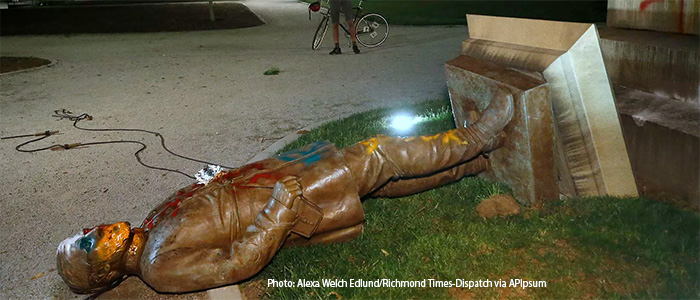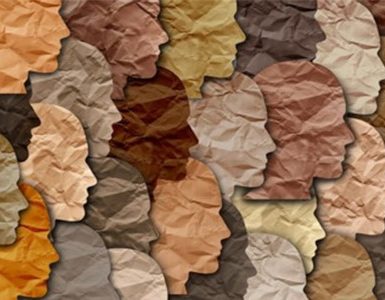Our History
History taught in our public schools tells a romanticized tale of America. It tells of an America created out of hard work and dedication. It tells of an America that picked itself up by its bootstraps to become the biggest empire in the world. It tells of an America that has made stride after stride to achieve unparalleled success. And to a certain degree, this is true. What was once 13 small British colonies is now a global giant. However, while this perspective highlights the ends, it glosses over the means.
The enslavement of African peoples, the genocide of Native Americans, and the imperialization of Latin America all contributed to the wealth America enjoys today. In the modern age, some may say that while these are stains on our past, they are not representative of our present. They would argue that dwelling on such errors hinders any progress towards a better America. Former President Donald Trump argued that teaching about racism in schools is hostile to the “miracle of American history.” He even tried to legislate a more patriotic curriculum in public schools. However, what the former President gets wrong is the fact that public schools already place America as the center of freedom and liberty.
What does this mean?
Currently, there is not a national standard on what to teach in regard to American history. The states assume this responsibility. This means history lessons across the nation vastly differ from state to state. A CBS News investigation conducted in 2020 reviewed the social studies curriculum of all 50 states. The investigation found that “seven states do not directly mention slavery in their state standards and eight states do not mention the civil rights movement.” Generally, both systemic racism and the contributions people of color have made to America are not taught to our youth. Teaching our youth a white-washed version of history leads them to view America from a white-washed perspective. These youth grow up to become adults who perpetuate the myth of Ameritocracy.
Let us take the issue of Confederate soldier statues seen in the Southern States. A 2018 report from the Southern Poverty Law Center found there are more than 1,700 monuments to the Confederacy still in public spaces. Confederate general Robert E. Lee’s likeness is arguably the most seen. According to many white Southerners, these statues represent those who fought for state’s rights and Southern pride. However, these symbols are indicative of a state that rather honor the lives of racists than the millions of Black people who were enslaved and killed.
This is not just a Southern issue. New York City was a major port for slave ships during the 17th and 18th centuries. Wealthy residents were heavily invested in the Trans-Atlantic Slave Trade. Today, numerous schools, buildings, and street names are named after prominent slaveholders. Stuyvesant High School, arguably one of the best high schools in the country, is named after Peter Stuyvesant, the largest private slaveholder when New York was a Dutch colony.
Tear Them Down
The argument for tearing down such monuments is a long one. Some argue tearing down such monuments is erasing certain parts of history. Others find we cannot move forward as a country until we take down all symbols of hate and oppression. Still, others argue we can take some figures down but have to preserve others. Confederate soldiers are generally regarded as symbols that need to be taken down, but there remains debate over other monuments. For example, a long debate surrounds erecting statues and monuments to figures like George Washington and Thomas Jefferson. Annette Gordon-Reed, a professor of History at Harvard University, argued “there is an important difference between helping to create the United States and trying to destroy it…I think on these two, Washington and Jefferson, in particular, you take the bitter with sweet.”
Many people believe that taking down Confederate monuments will lead to other monuments being taken down. If the South cannot erect statues based on the figure’s racial bias, then we must also hold this standard across the board. That if one were to hold all these figures to the standards we have today, we would have no monuments or street names left. And I think that should be the goal. George Washington was a war general who led the American people to become a sovereign nation. Does this overshadow the fact that his war effort was primarily funded off of slave labor? Can we simply “take the bitter with sweet” as Gordon-Reed suggests when it comes to choosing who we commemorate and honor? Especially when a vast majority of the people we honor as a nation worked to ensure that non-white people had little to no rights?
Regardless of a physical monument, history will always be taught. But we must understand the power these monuments have in our society. By nitpicking which ones to keep, we are thereby saying that racism is not a deal-breaker. We cannot attempt to right the wrongs of our past while still honoring the figures who upheld those wrongs in the first place. Will we probably need to take down a lot of monuments and rename a lot of streets? Yes. Will it be an enormous amount of work? Absolutely. But that is what is needed to move past 400 years of systemic racism and oppression. If America is not ready to do the work then that speaks volumes of where we are as a nation.


















Add comment